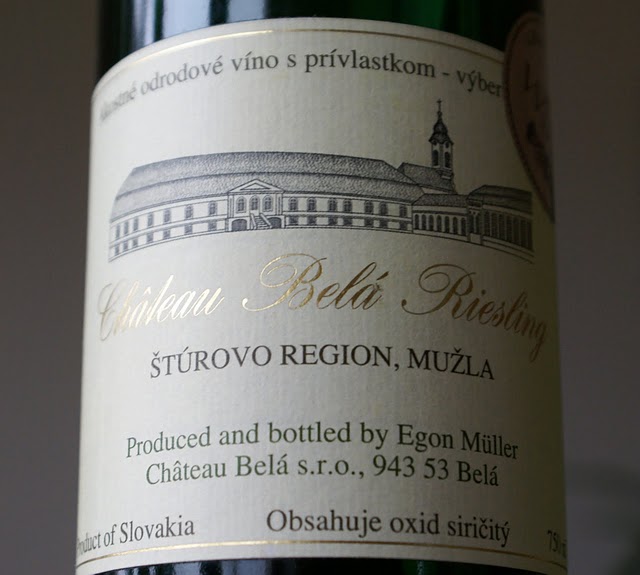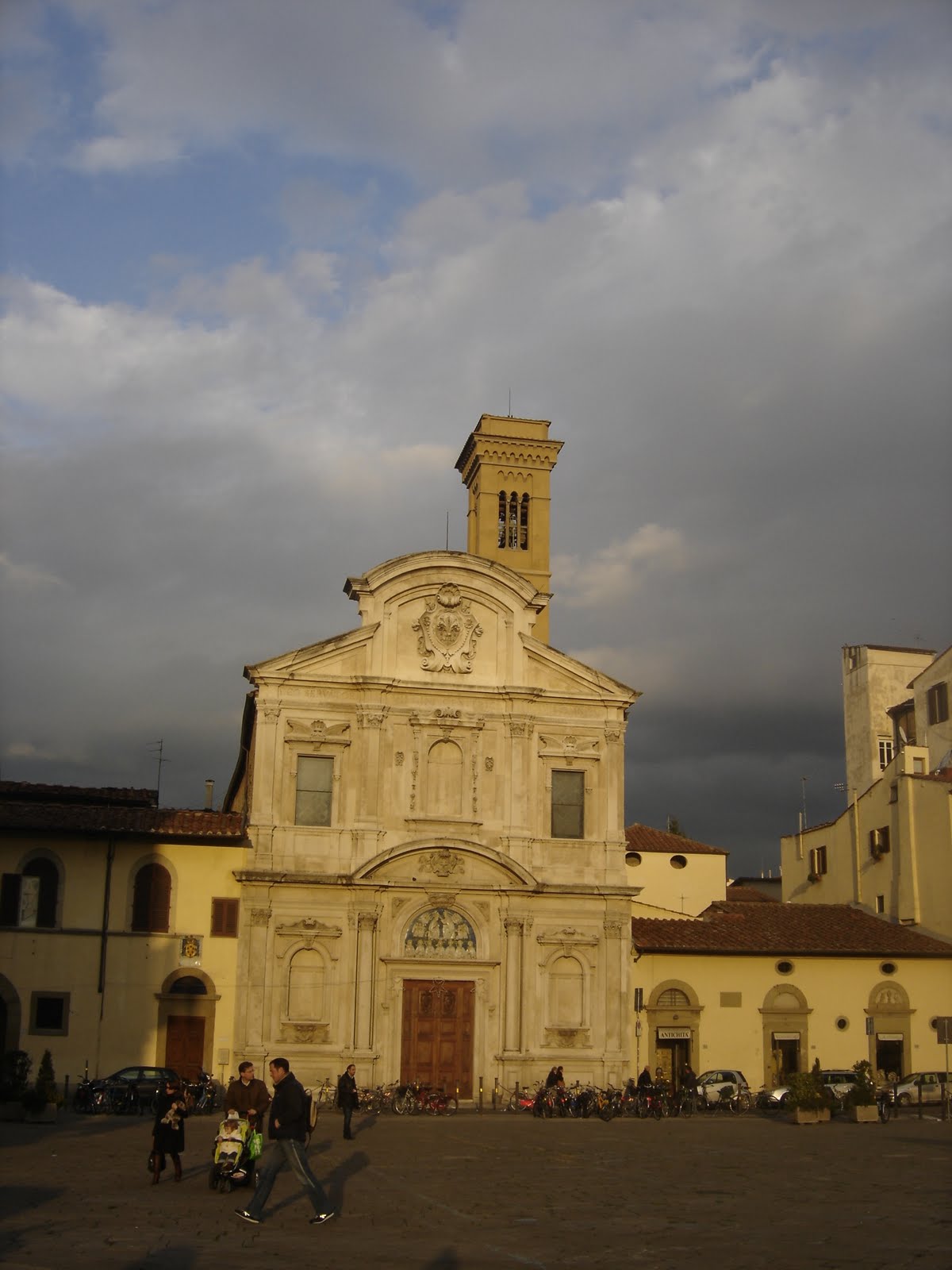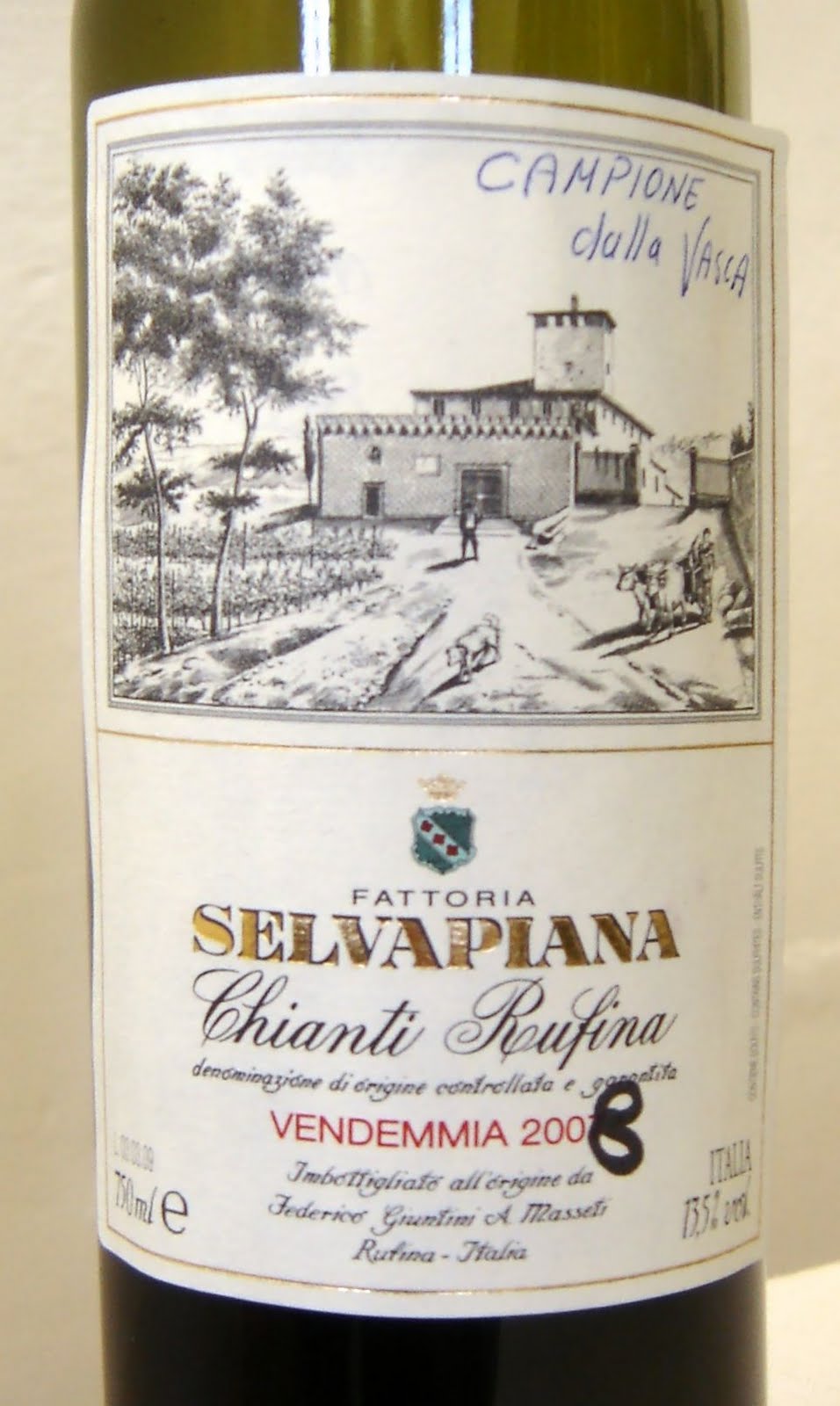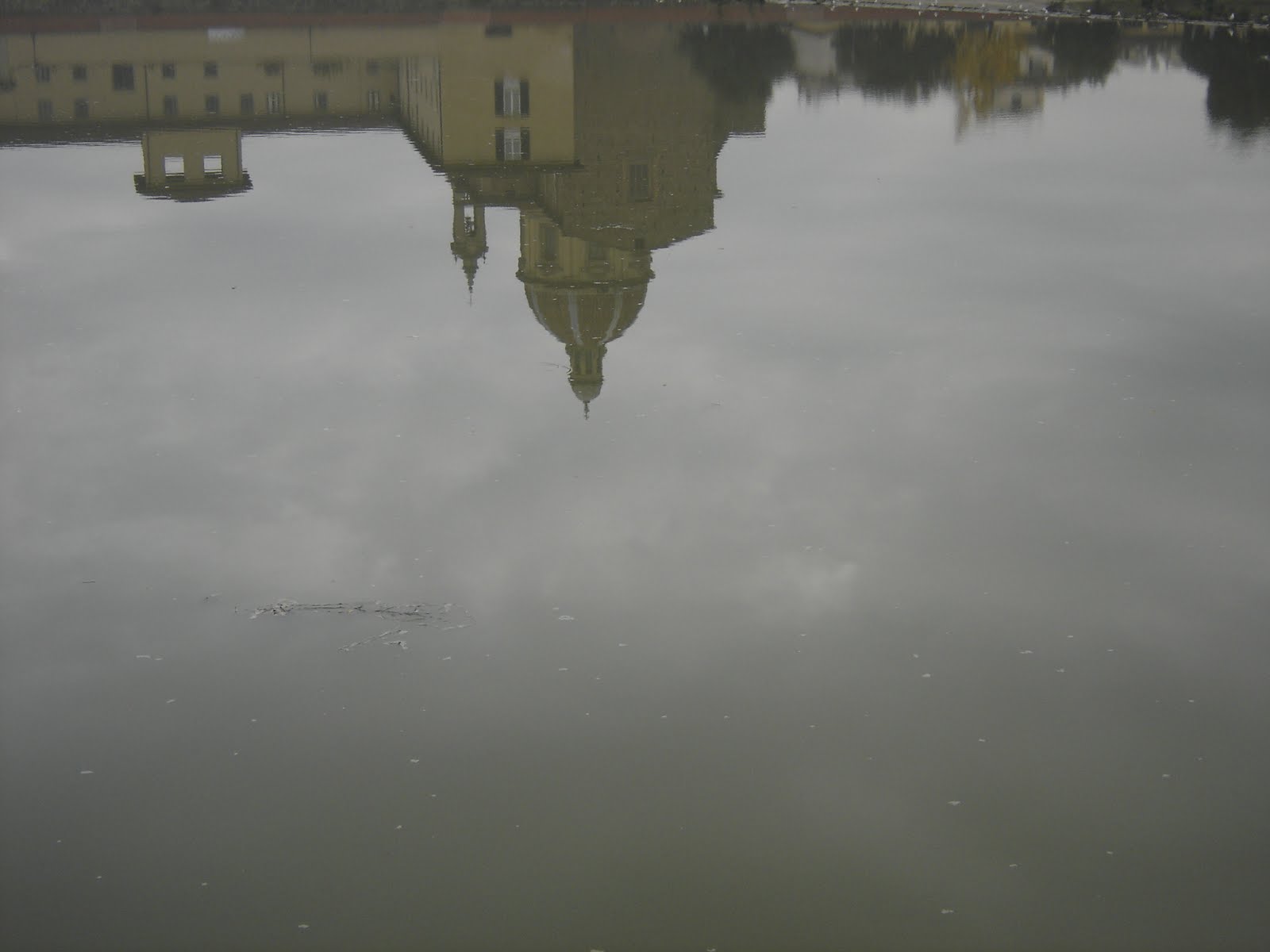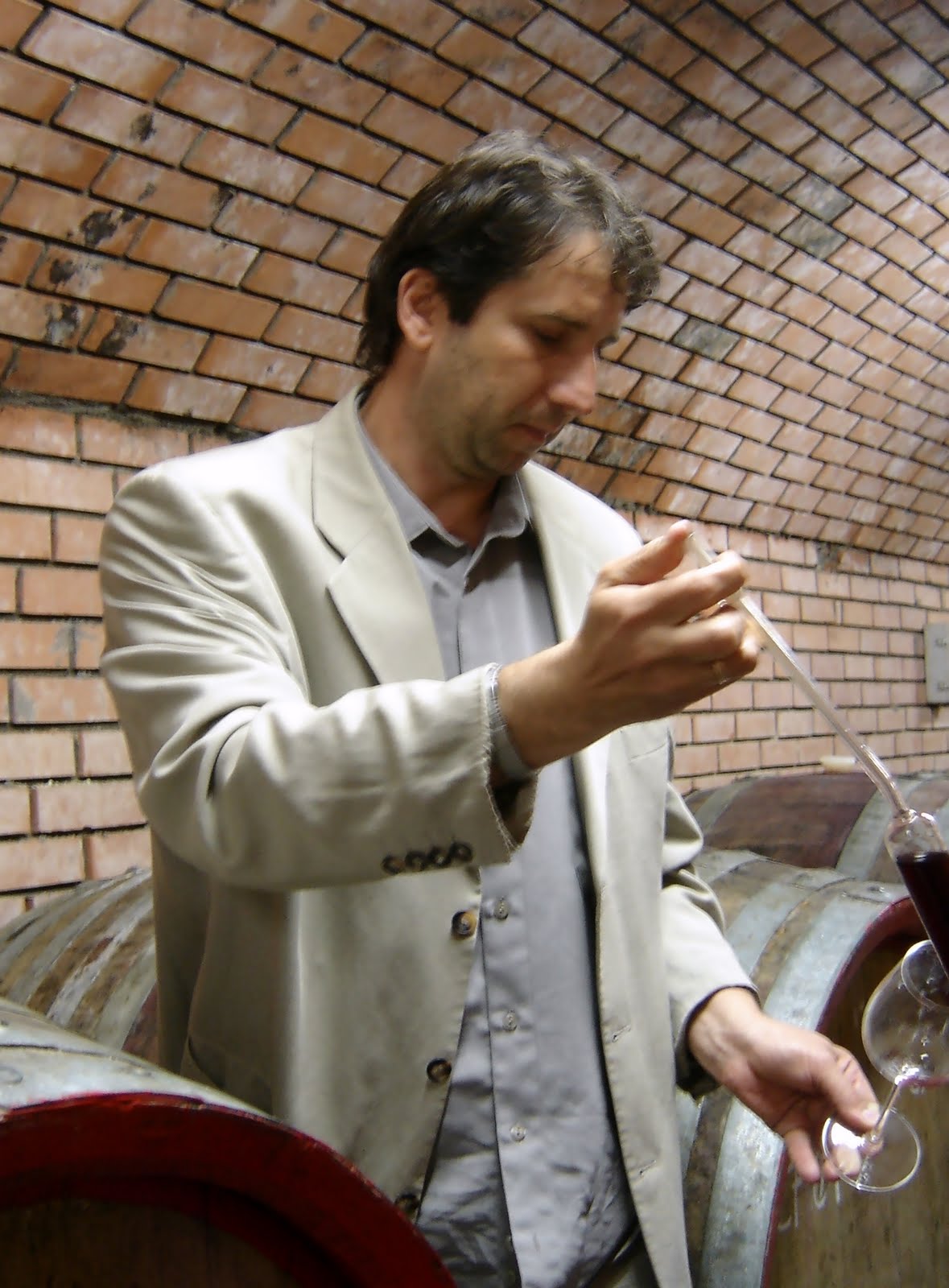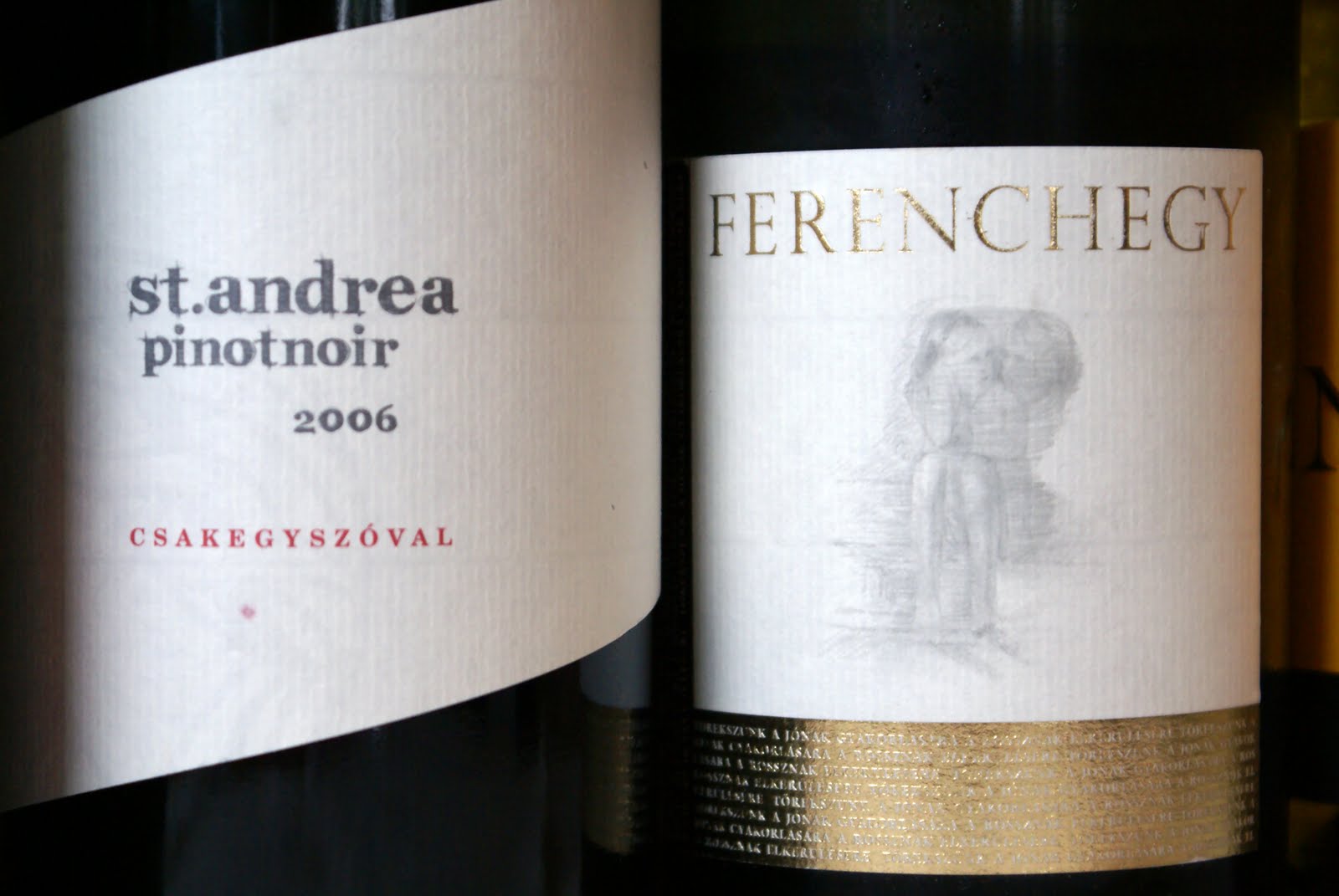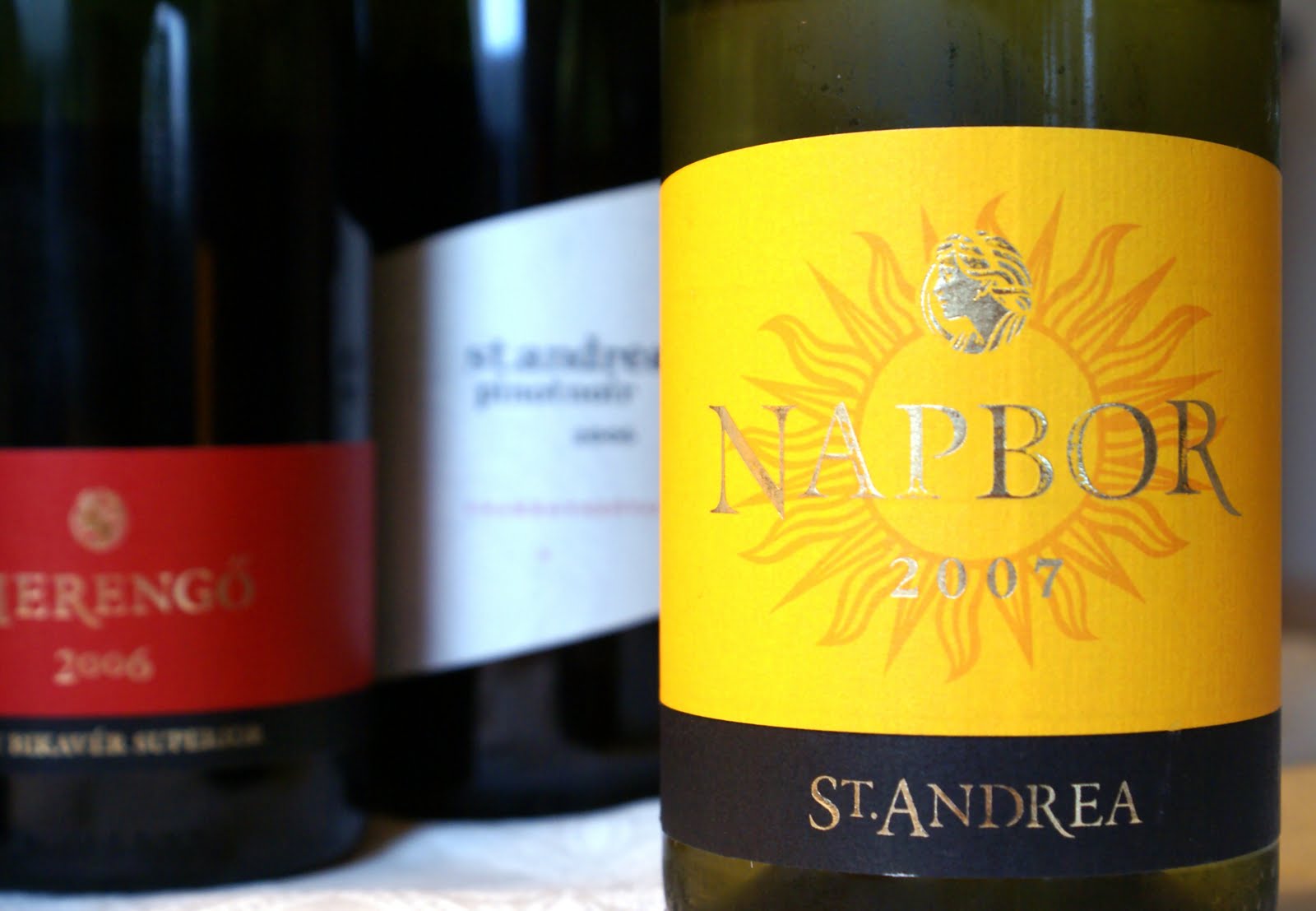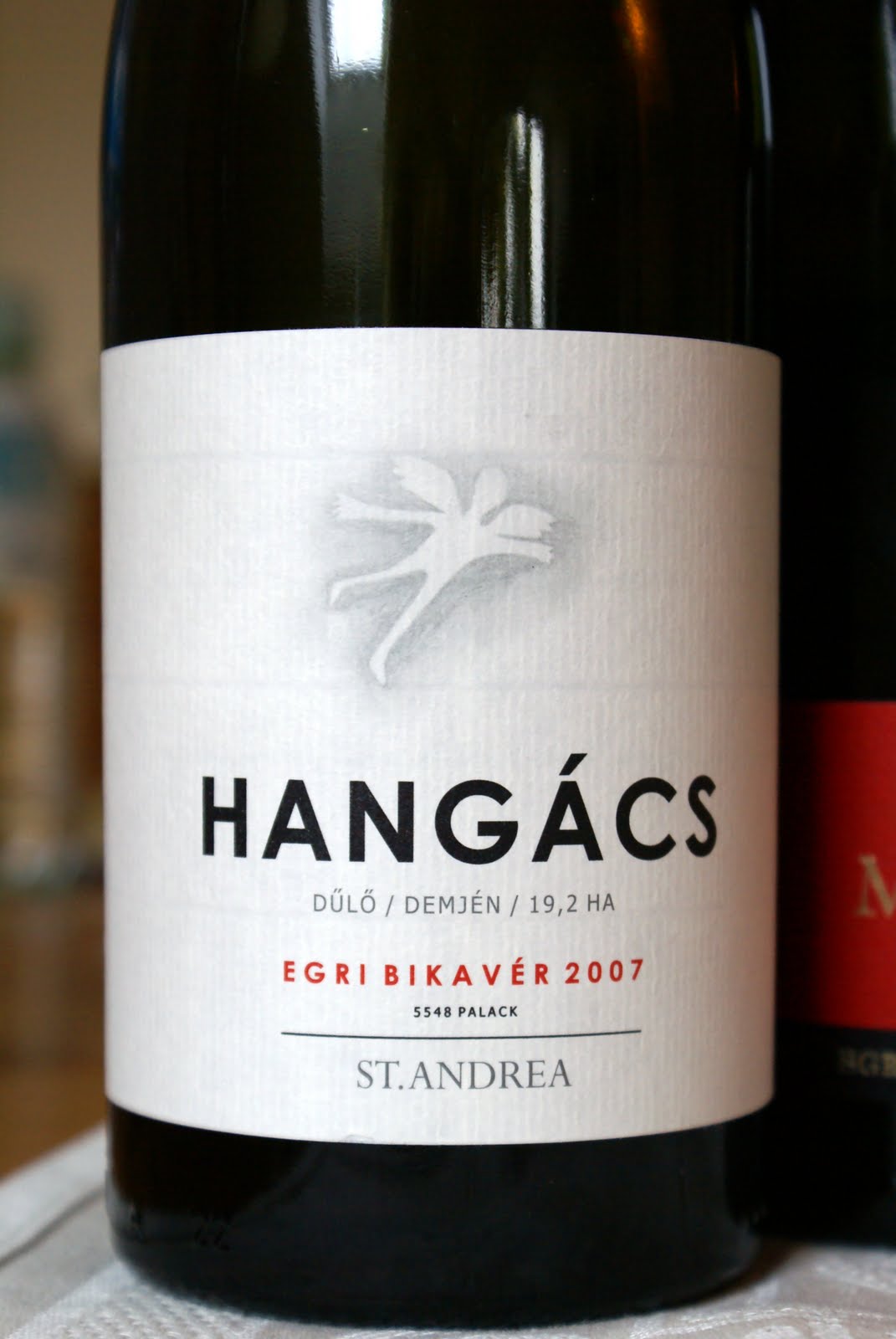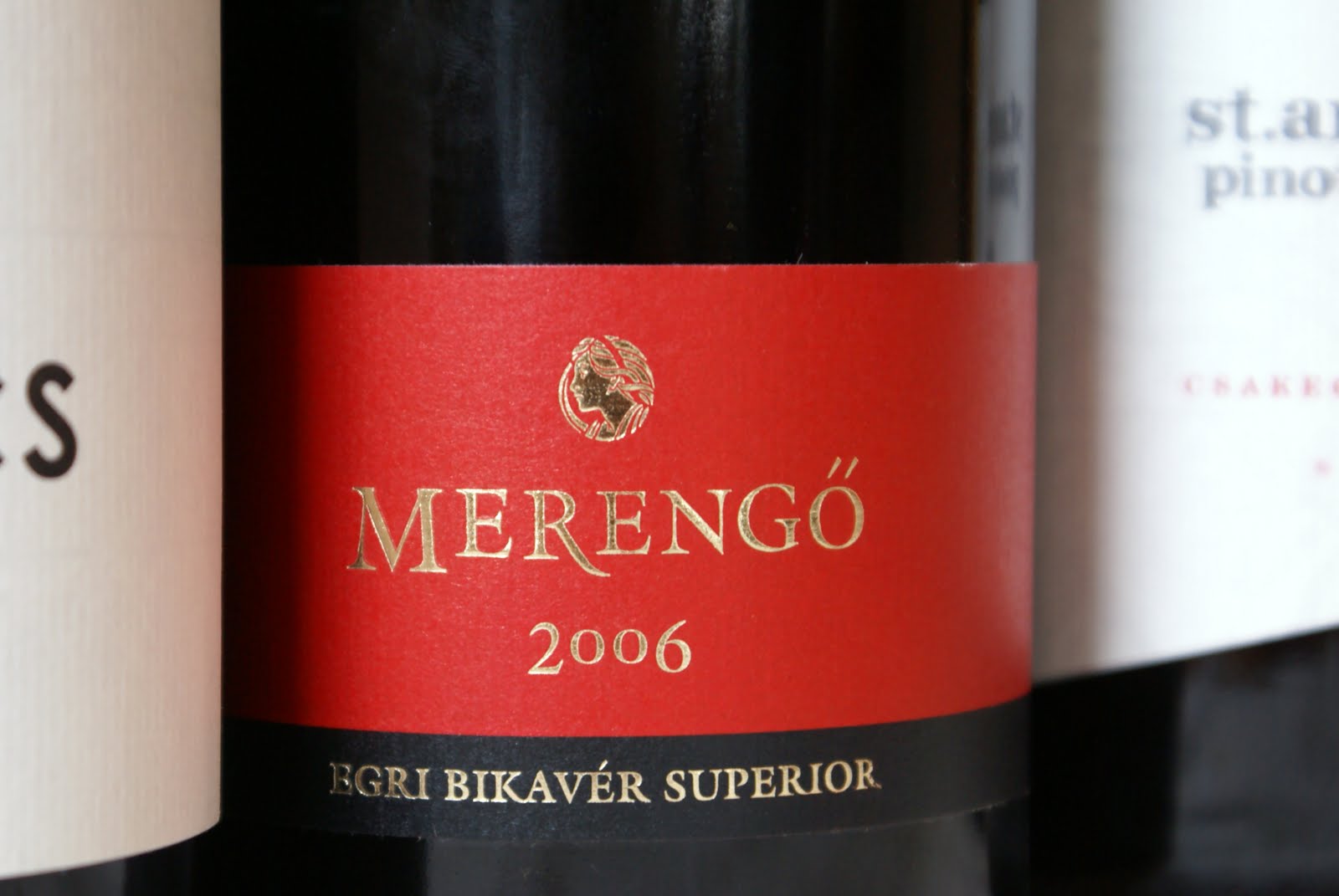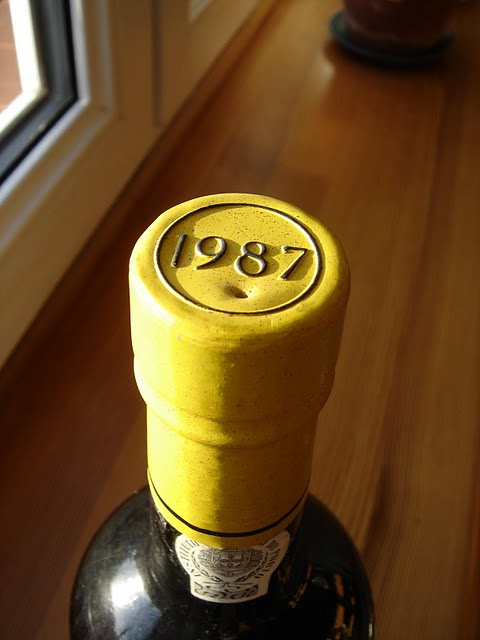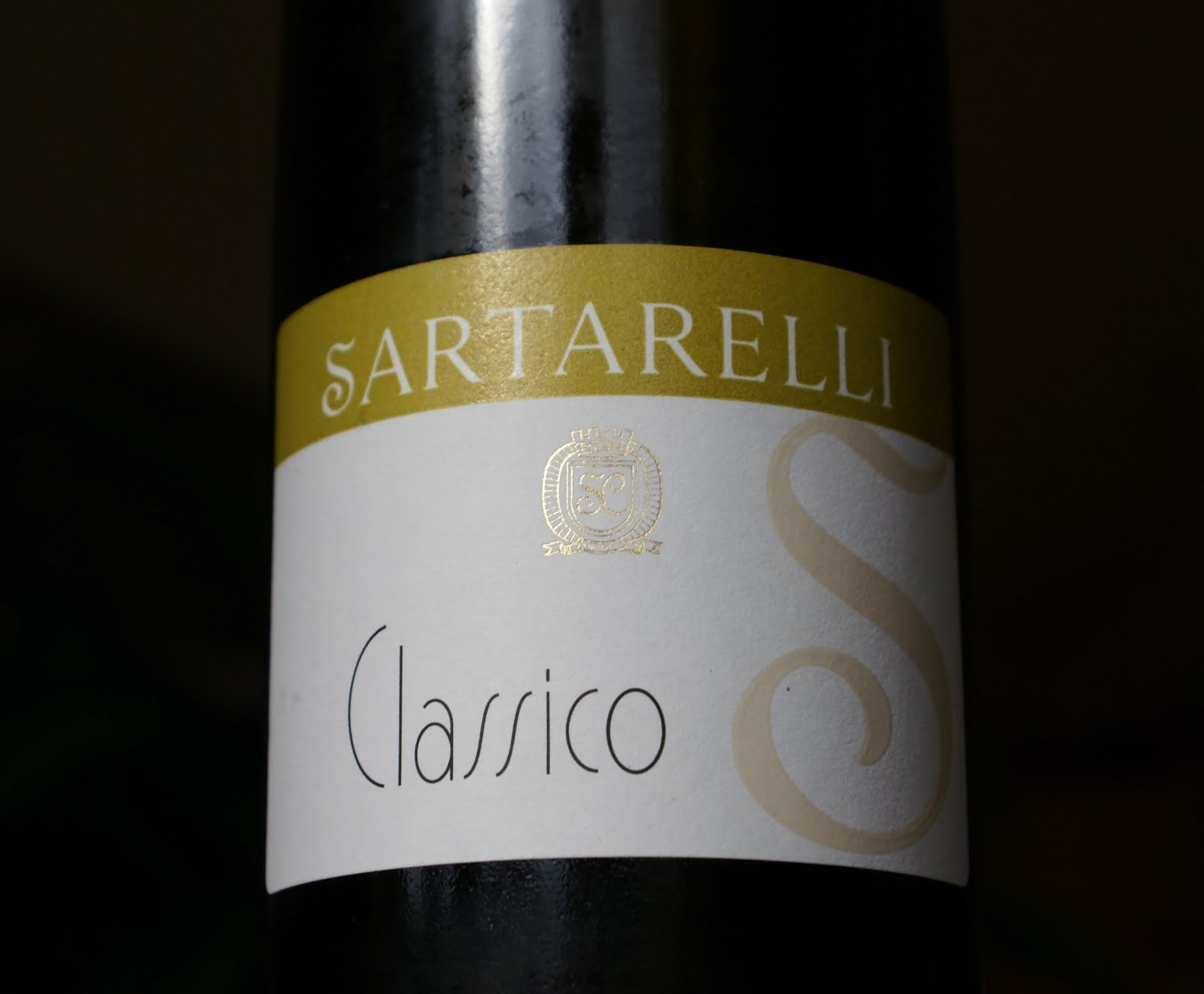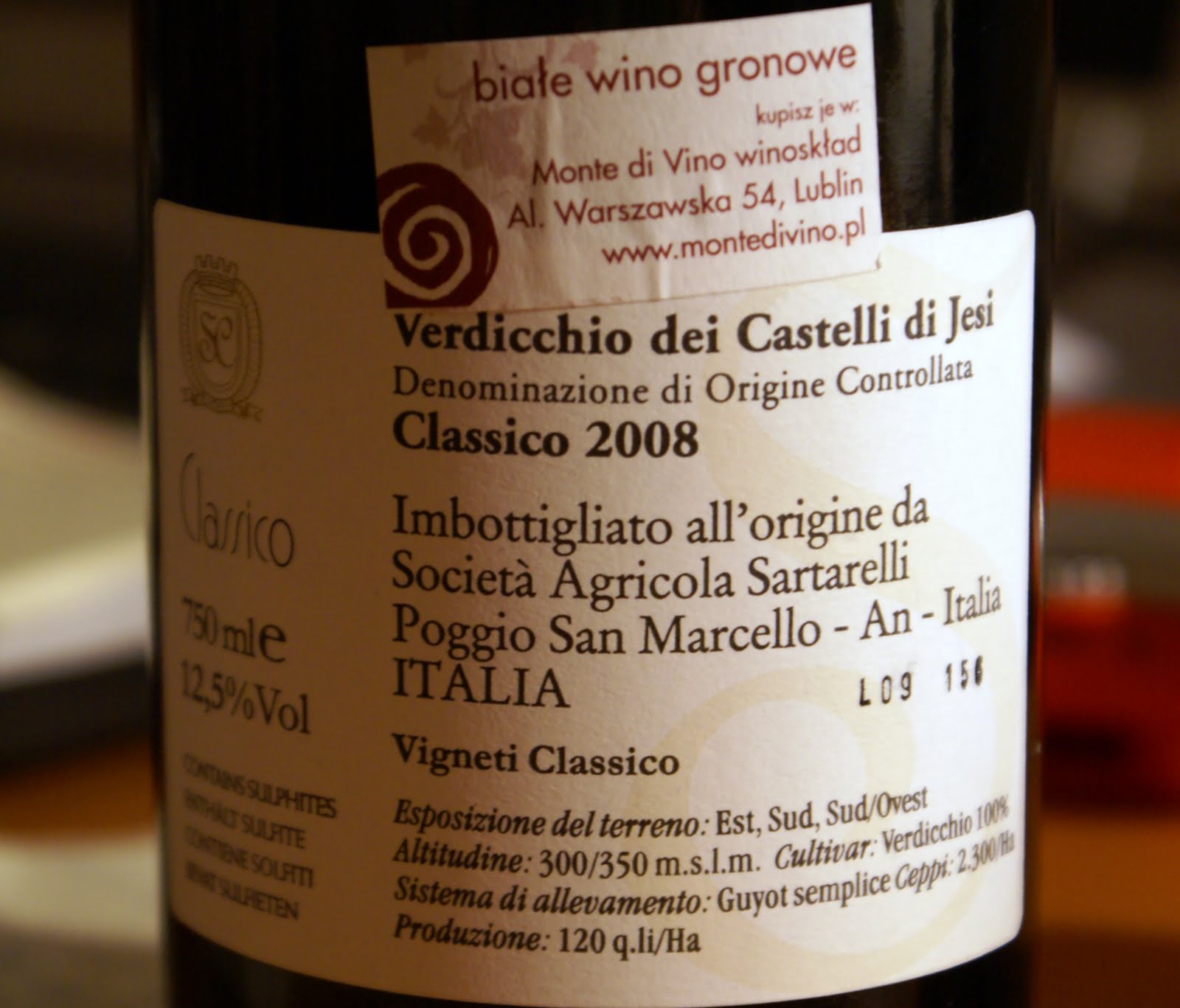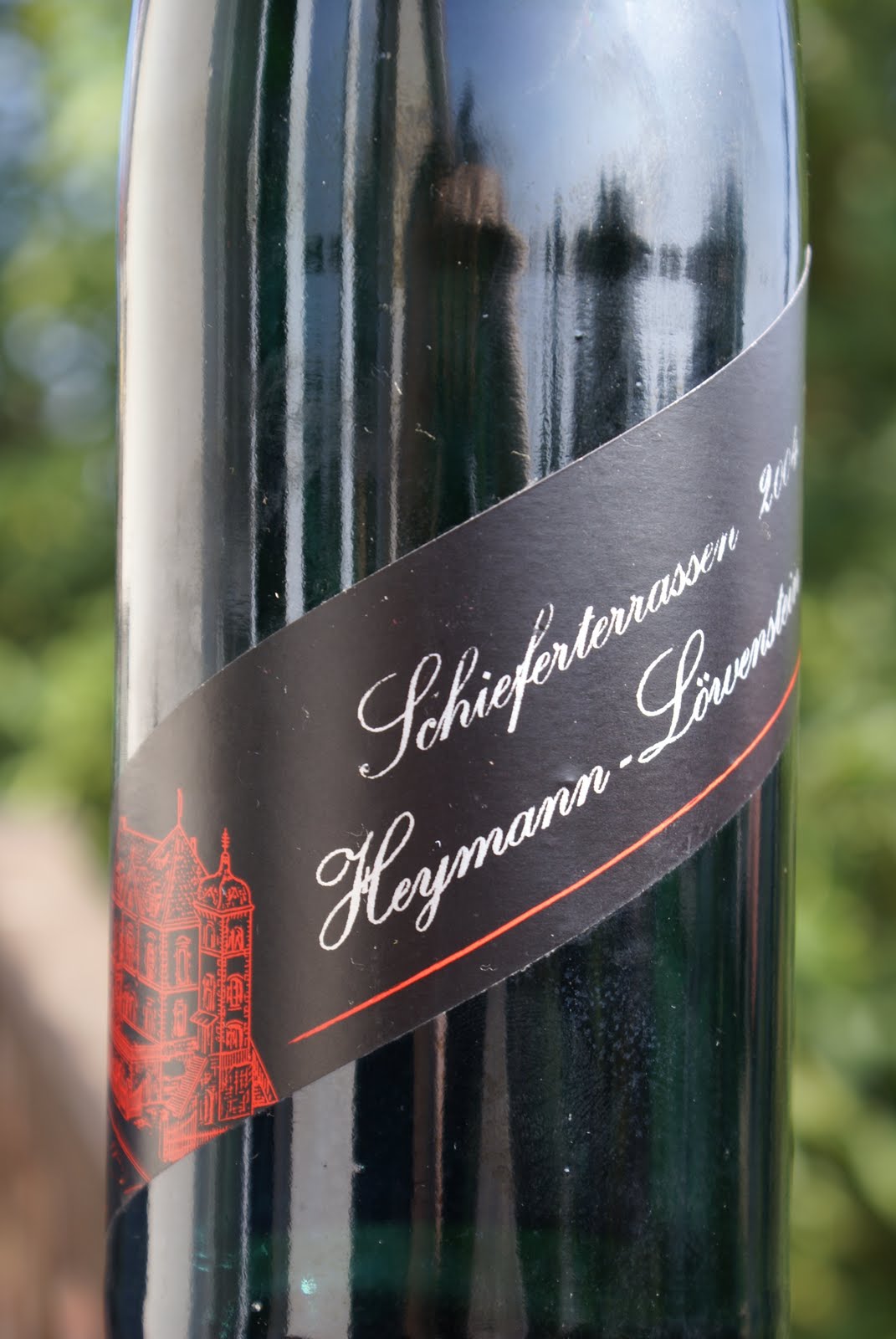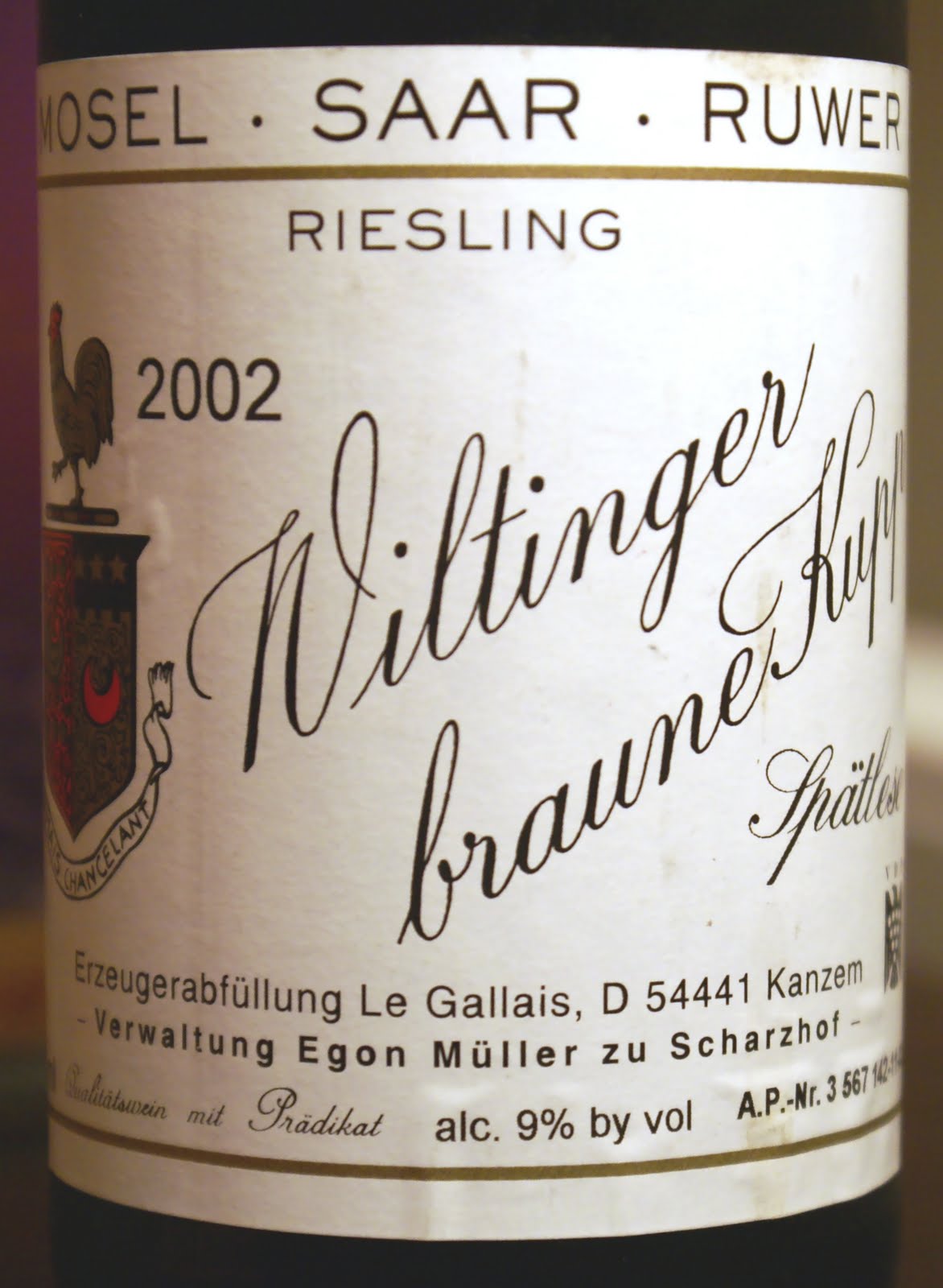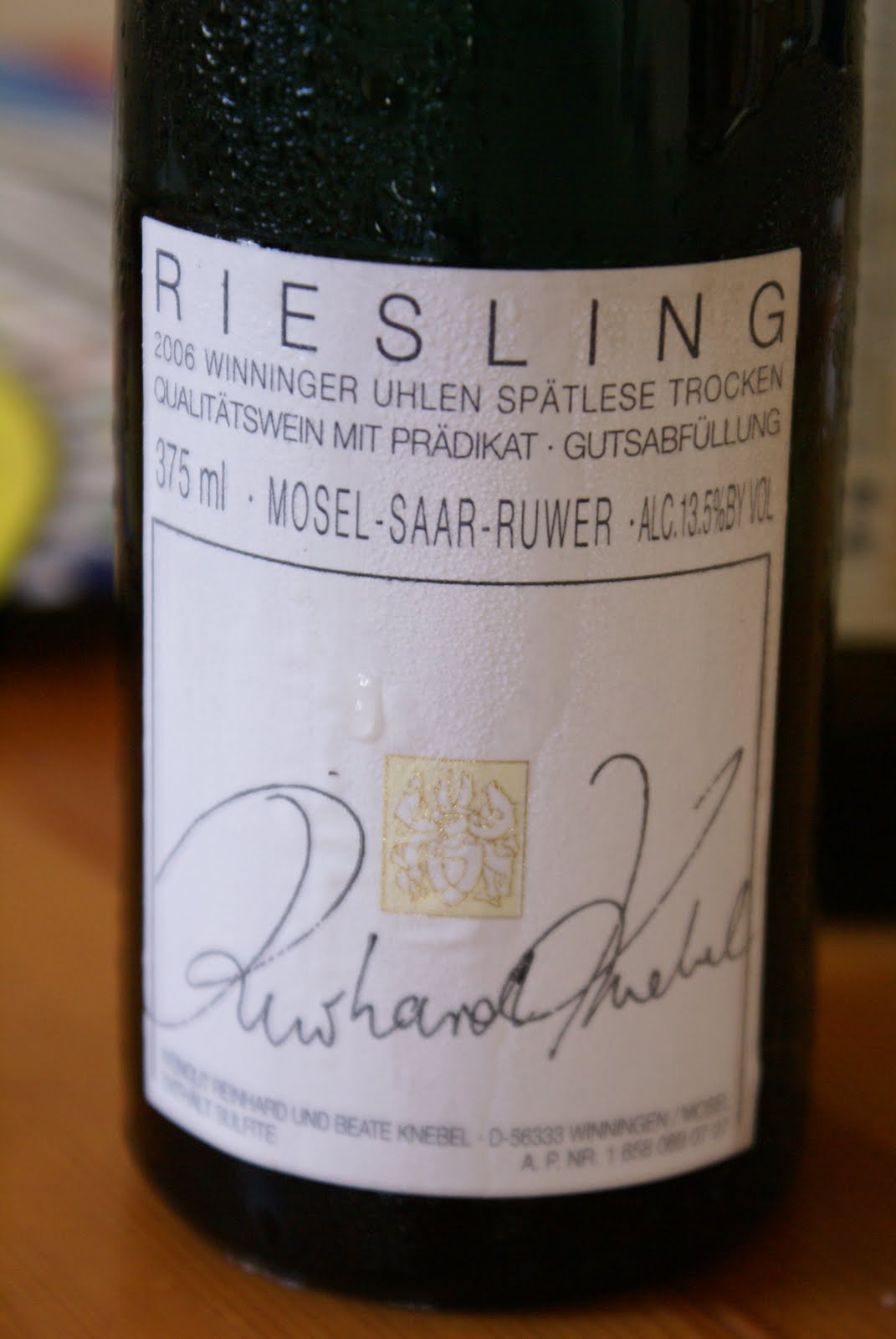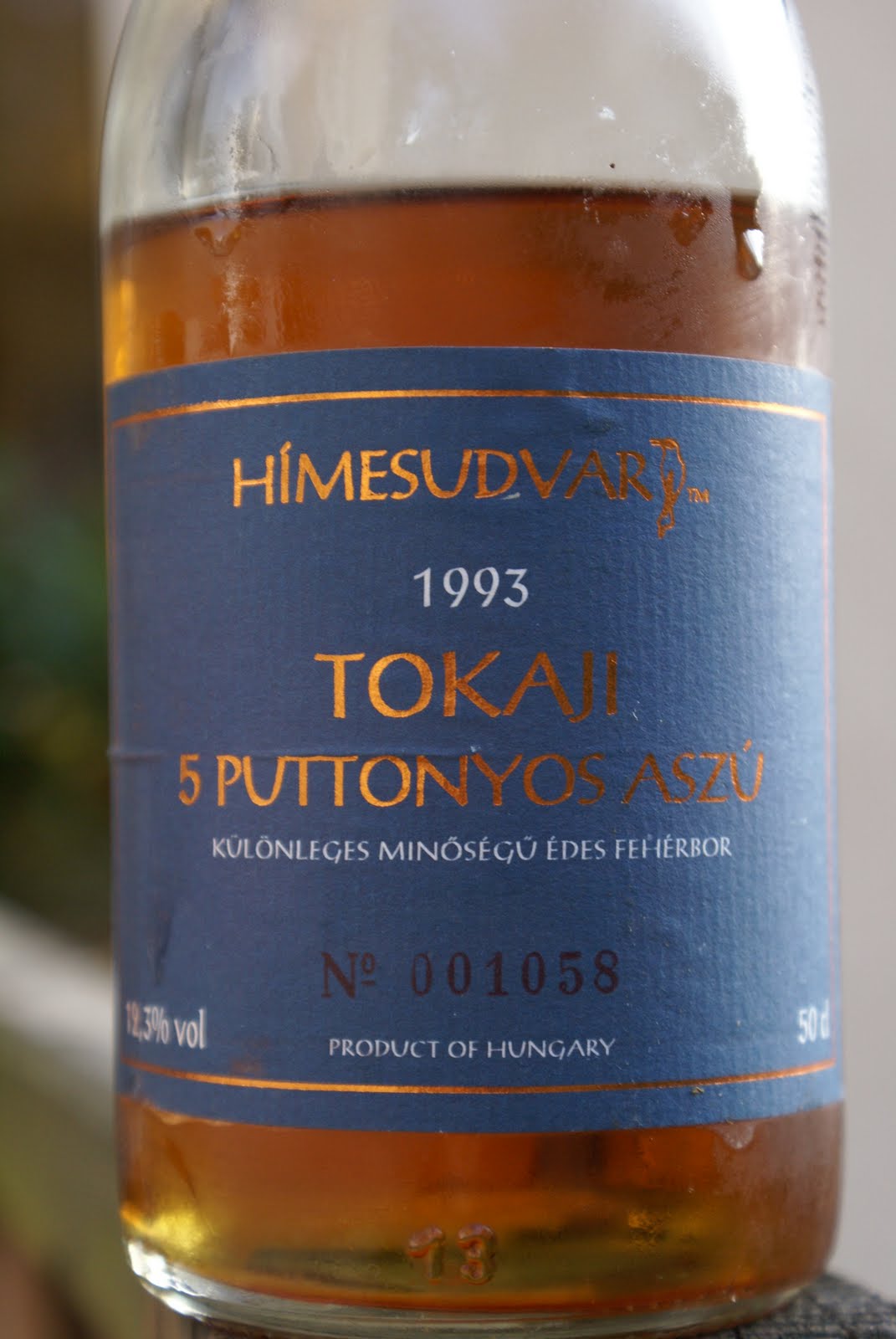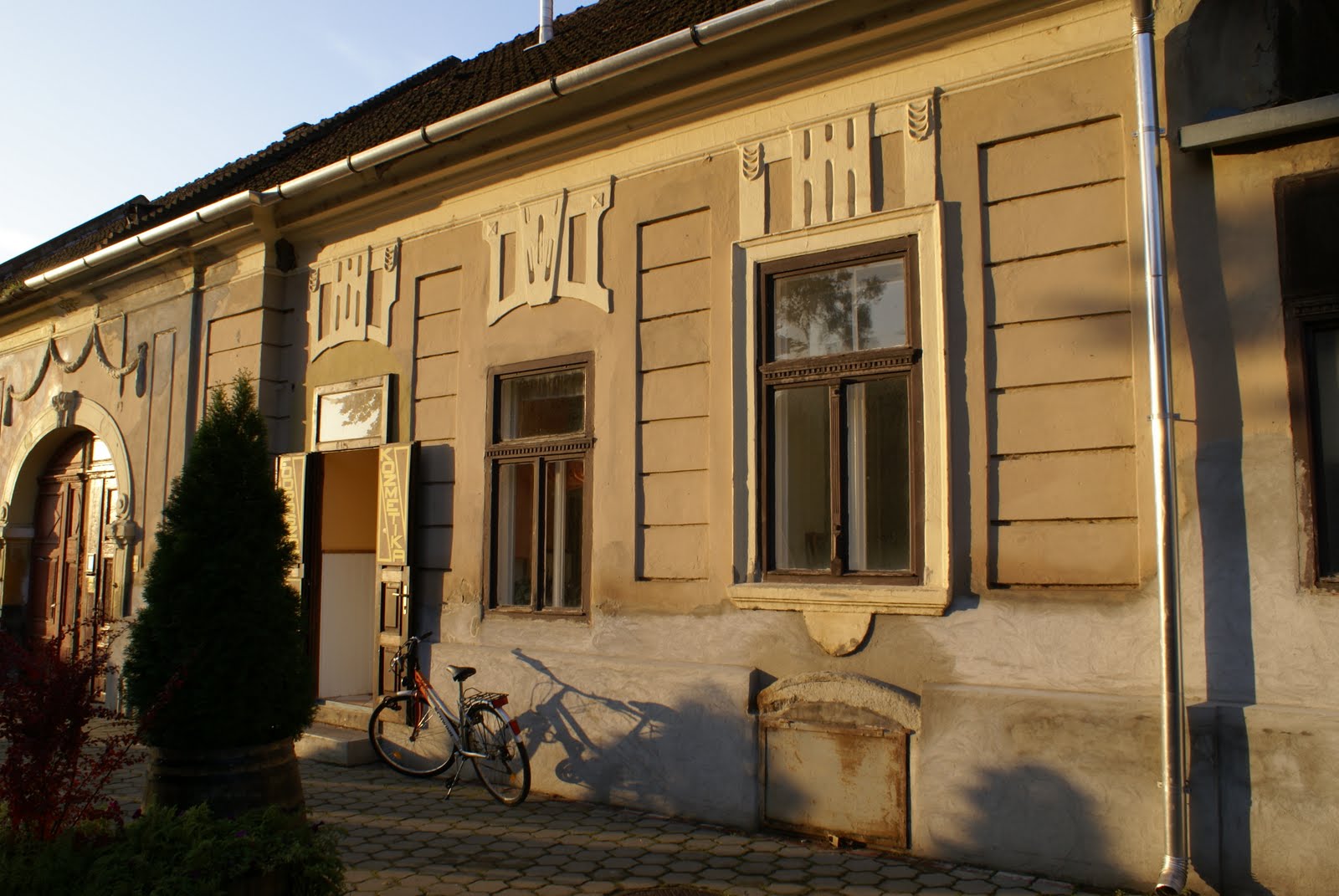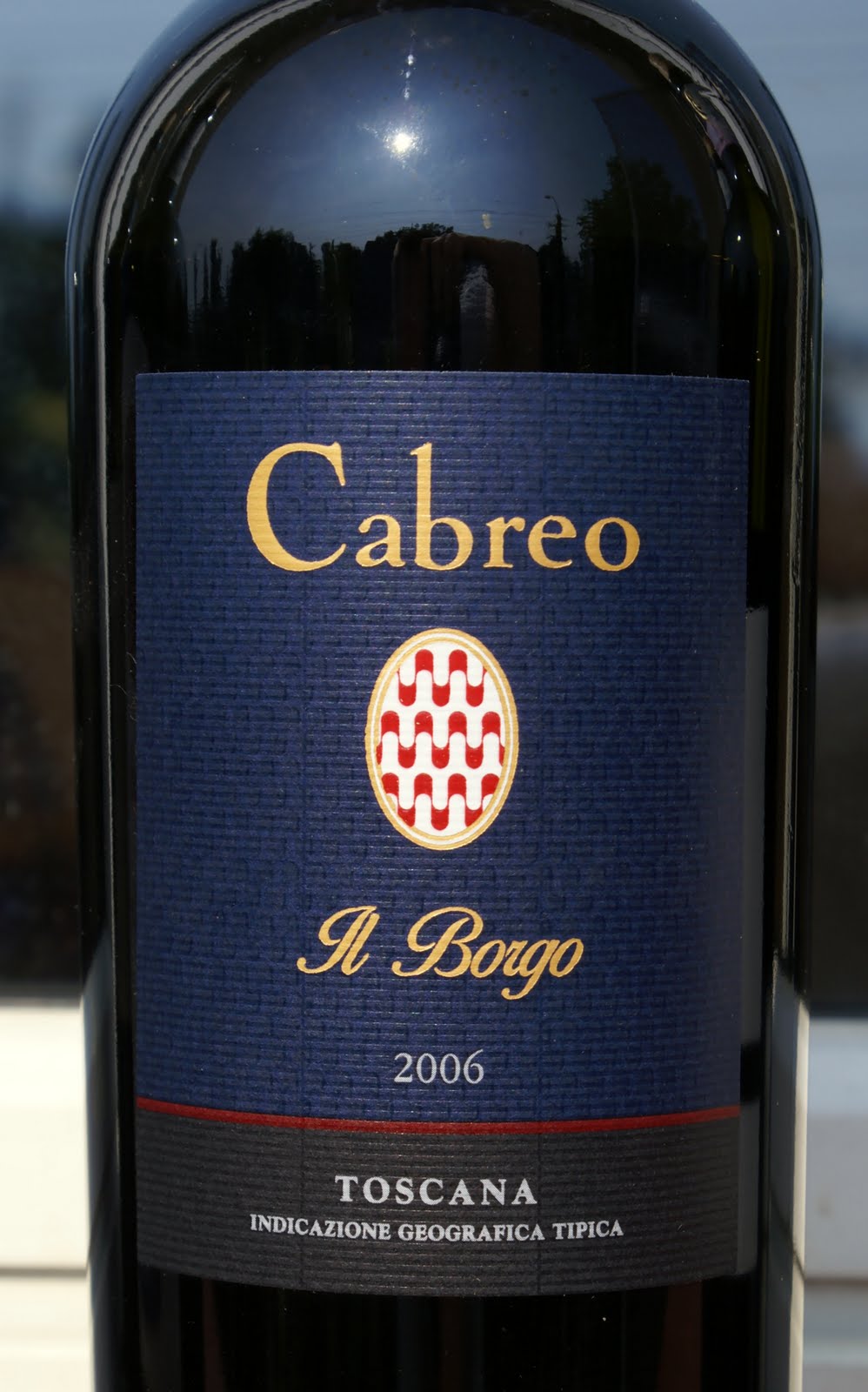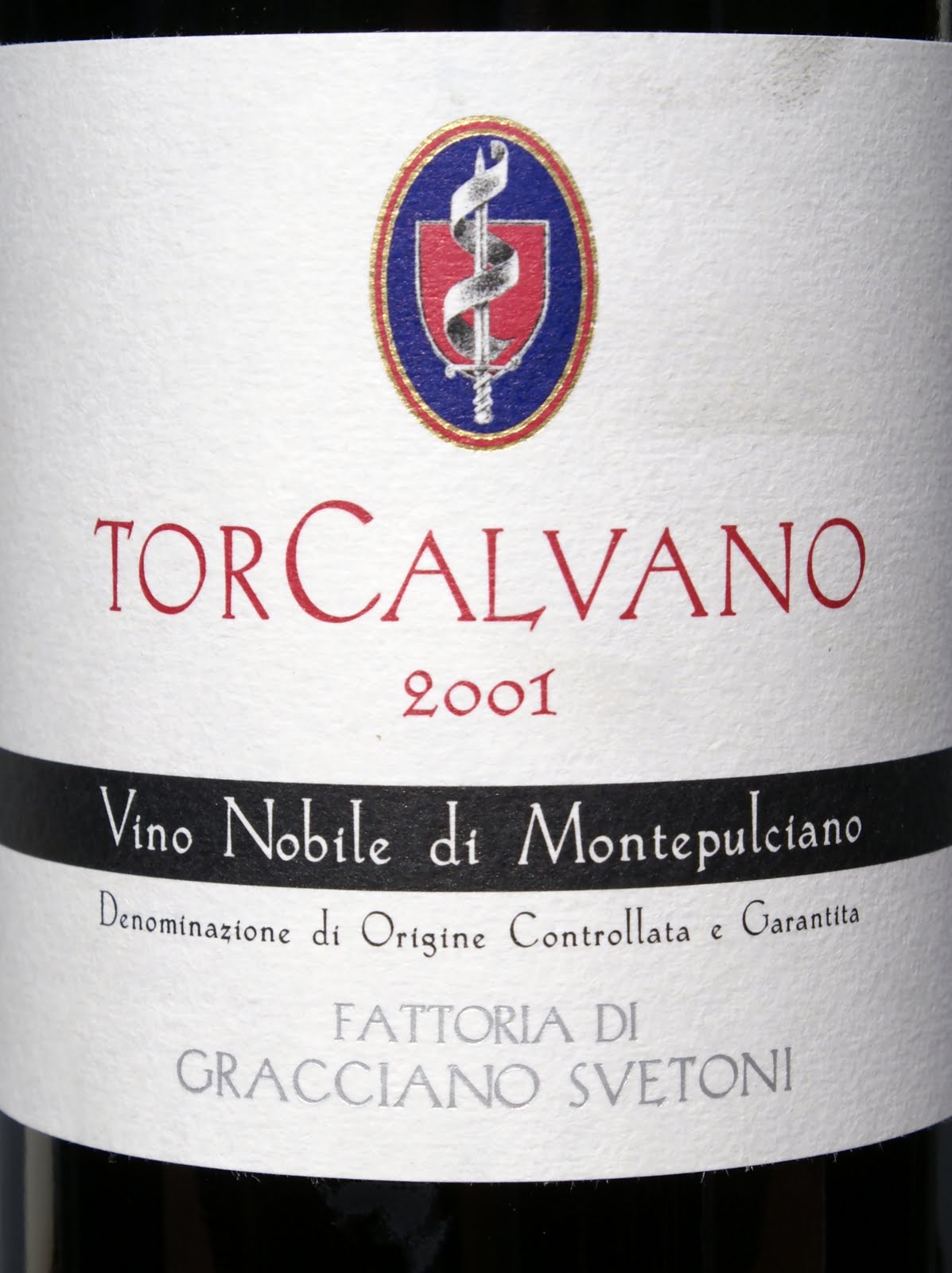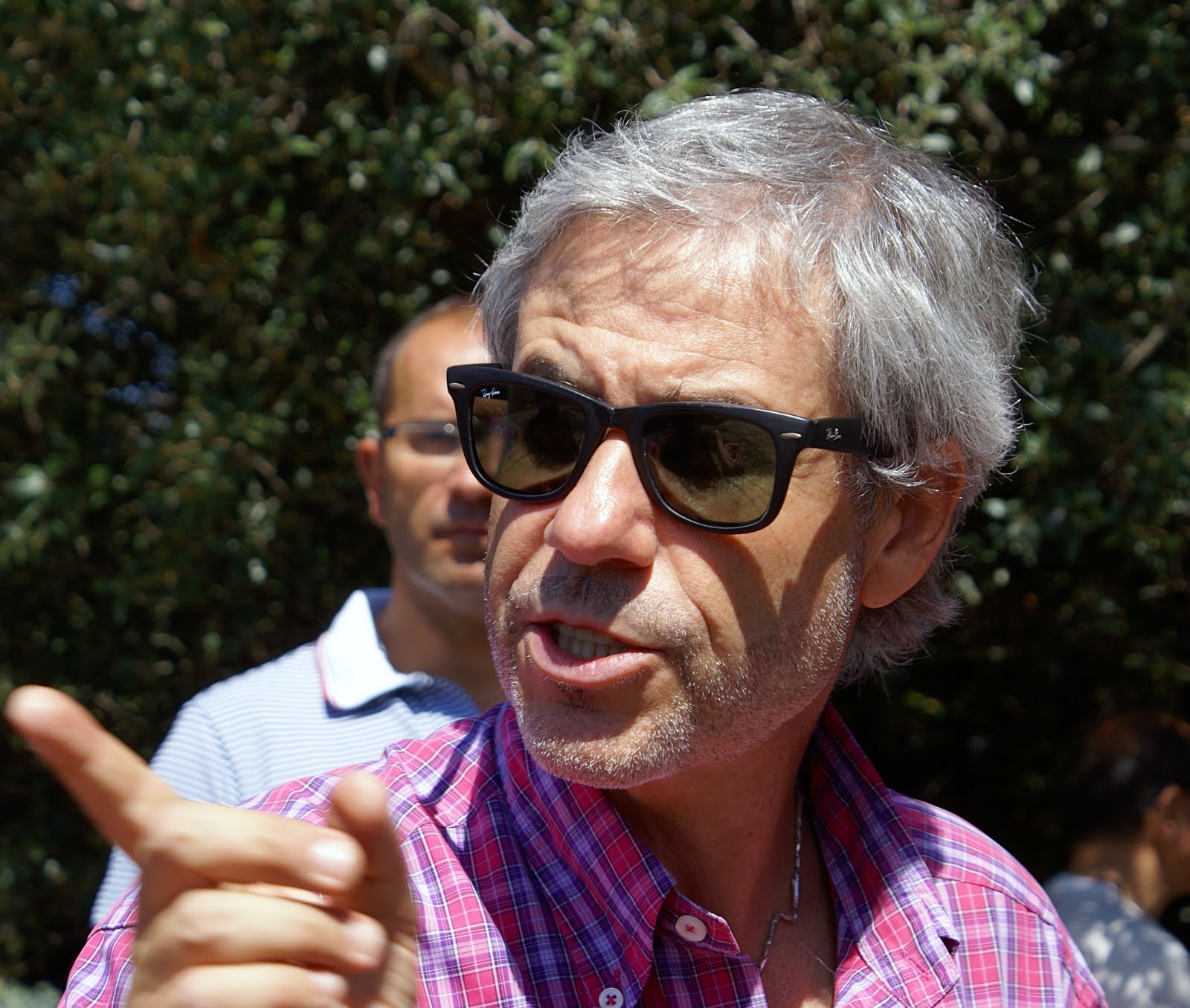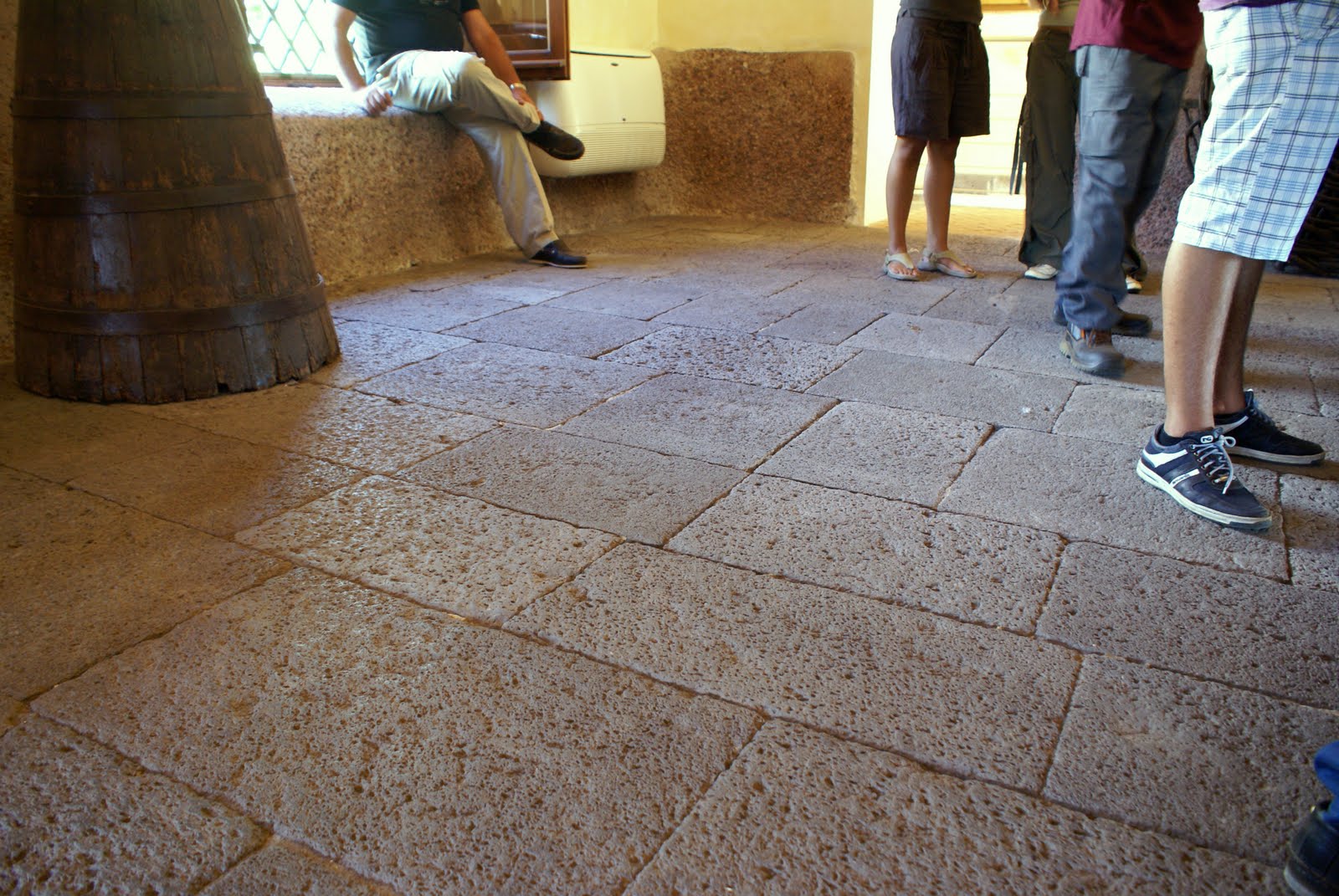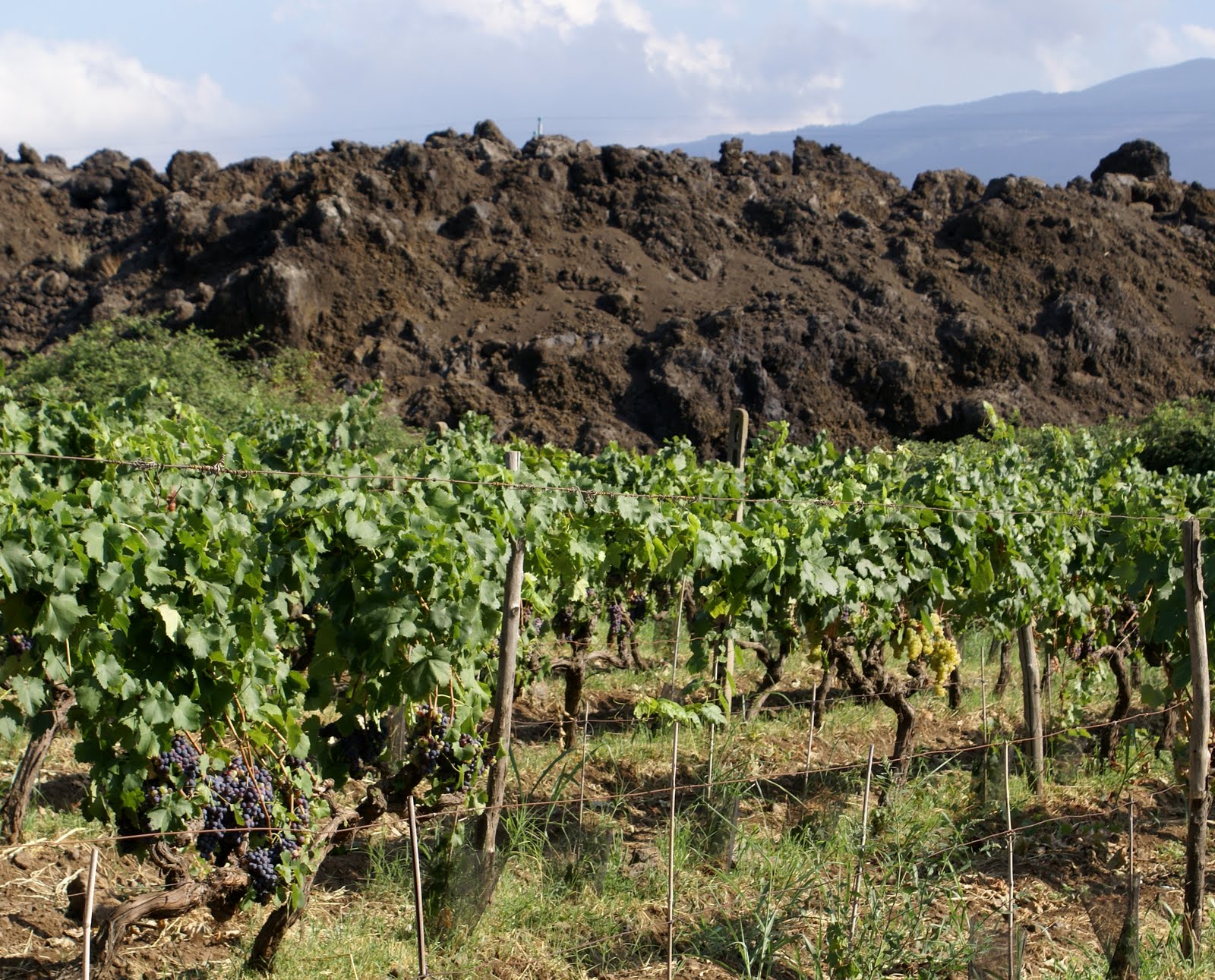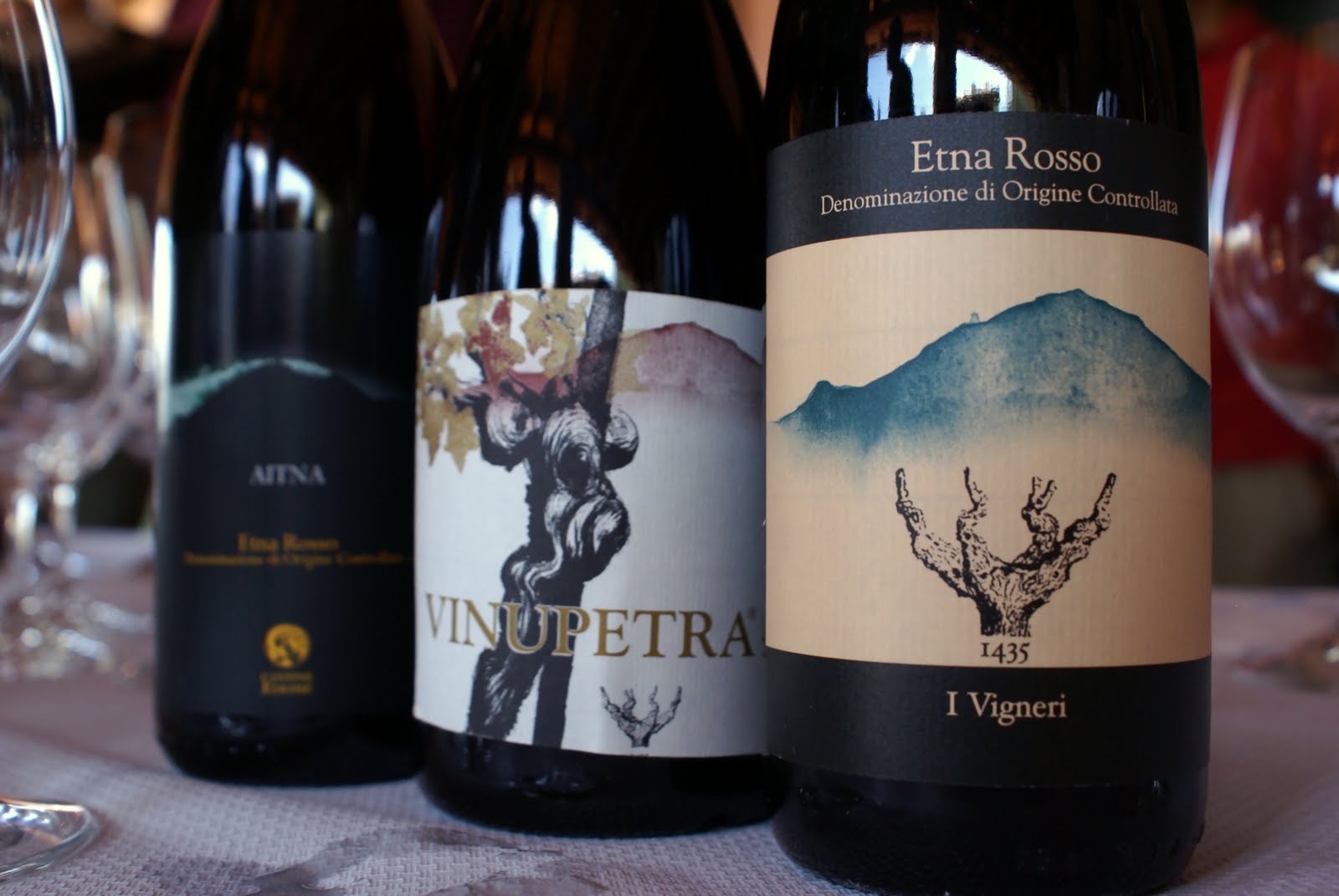The Polish wine magazine WINO where I’m one of the editors recently published a special edition on Chianti, summarising a four-day visit in situ (read about it here) and a number of tastings both in Italy and Poland. Soon afterwards I was contacted by fellow Italian writer Stefania Vinciguerra, now also Export & PR Manager for Tenute Ambrogio e Giovanni Folonari, who offered to send some wines for review to complete the latter series of articles. Who am I to turn down an offer to taste some good Sangiovese?
Ambrogio Folonari was manager for the large wine company of Ruffino where among others, he contributed to the creation of Cabreo, one of the early ‘supertuscans’. In 2000 he left Ruffino to create his own group of estates in several subregions of Tuscany. Here I look at four of these.
Toscana Cabreo Il Borgo 2006
This is a classic Tuscan label with a long record of enthusiastic reception since the mid-1980s, historically one of the early Sangiovese/Cabernet Sauvignon blends aged in small French oak. In 2000 the 46-hectare Cabreo estate in Greve remained with the Folonari family when they left Ruffino, and the bottling’s style was continued. While there’s no doubt this Franco-Italian Concorde can produce outstanding results (Querciabella’s Camartina is perhaps the top example), in recent years the concept has lost much of its appeal as its stylistic limitations became obvious. The best wines of Tuscany are Sangiovese wines that manage to combine perfume, elegance, minerality, freshness and longevity into a package full of allure. Ageing in much new oak and, especially, adding Cabernet Sauvignon with its imposing tannic presence and heavier texture inevitably compromises elegance and freshness. Increased structure and longevity is not, in my opinion and that of many Italian writers, worth the sacrifice. Sangiovese is a capricious and delicate grape and even 10% Cabernet can seriously inhibit the Tuscan grape’s personality.
This lengthy introduction is to explain my prejudice and, generally, the limited interest I have in such blends. That being said, Cabreo Il Borgo 2006 is obviously a good wine. Not such a very dark colour for 30% Cab, it is sweeter and pushier in style than the other wines here, with notes of blueberries and blackberries, but not over the top and in fact attractively perfumed with a flowery allure after airing. Quality of fruit is very good indeed and on a purely sensual level the blend works well, though it’s hardly very deep at this stage and suffers a bit from lower acidity. It’s in the mid-palate texture and on the mildly overextracted, rigidly tannic finish that the 18-month small oak regime (30% new barrels) is showing somewhat contradictory with the natural expression of Sangiovese. Yet this develops well with air and with the track record it has, I’m confident it’ll drink better in two or three years: it retains a certain evening-dress elegance of Sangiovese to be worth your (and my) while.
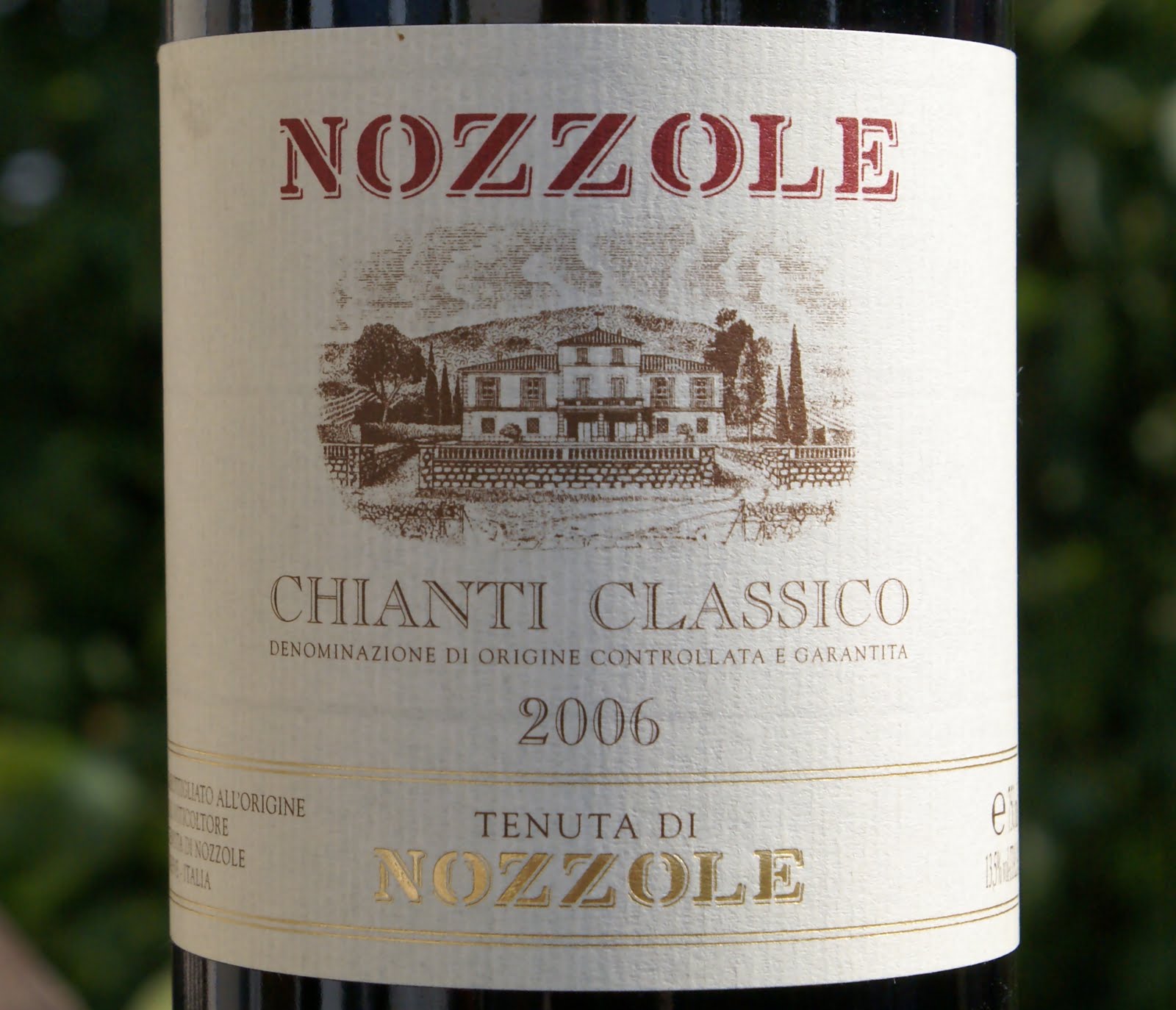
Tenuta di Nozzole Chianti Classico 2006
2006 is a ripe, round, wonderfully fruity vintage that I’ve greatly enjoyed in the Chianti normale (non-riserva) bottlings. This wine is consistent with the excellent vintage, and is honestly traditional in style. Showing a transparent medium ruby colour that’s typical of Sangiovese, the first impressions are good. Ripeness is fine and there’s already a mere hint of maturity (stewed plums; macerated cherries). Although this is only aged in traditional Tuscan large 3000-liter casks (botti) there’s a bit of roasted coffee in the background. A medium-bodied wine showing the ripeness and warmth of the vintage on palate. Flavours centering on Sangiovese red fruit. Good length, firm finish with some natural grapey tannins and freshness. By all means this is a serious wine, well-made and balanced if perhaps not so adventurous.
Fattoria di Gracciano Svetoni
Vino Nobile di Montepulciano Torcalvano 2001
It’s natural for a Tuscan collection of wine estates to include on in Montepulciano too, but the Fattoria di Gracciano Svetoni has been mildly underperfoming over the last few years compared to Nozzole or La Fuga. The style is similarly traditional: the Vino Nobile and the Riserva are both based on 100% Sangiovese (locally: Prugnolo Gentile) and aged in large oak. This 2001 is a good surprise. Clearly evolved and slowly maturing now, the nose shows reasonable complexity with an autumnal bouquet of dry leaves, mixed spices (anise?) and meat, plus an initial whiff of classic ageing Sangiovese almondiness. On the palate this is really rather classic in style, again mildly meaty, unfruity, herby and almondy. Acidity is subdued but balances the whole. All in all this is rather light in body now and showing a certain limitation of this bottling but I like the unforced, classic profile. This is à point now or even a year or two past prime, so drink up.
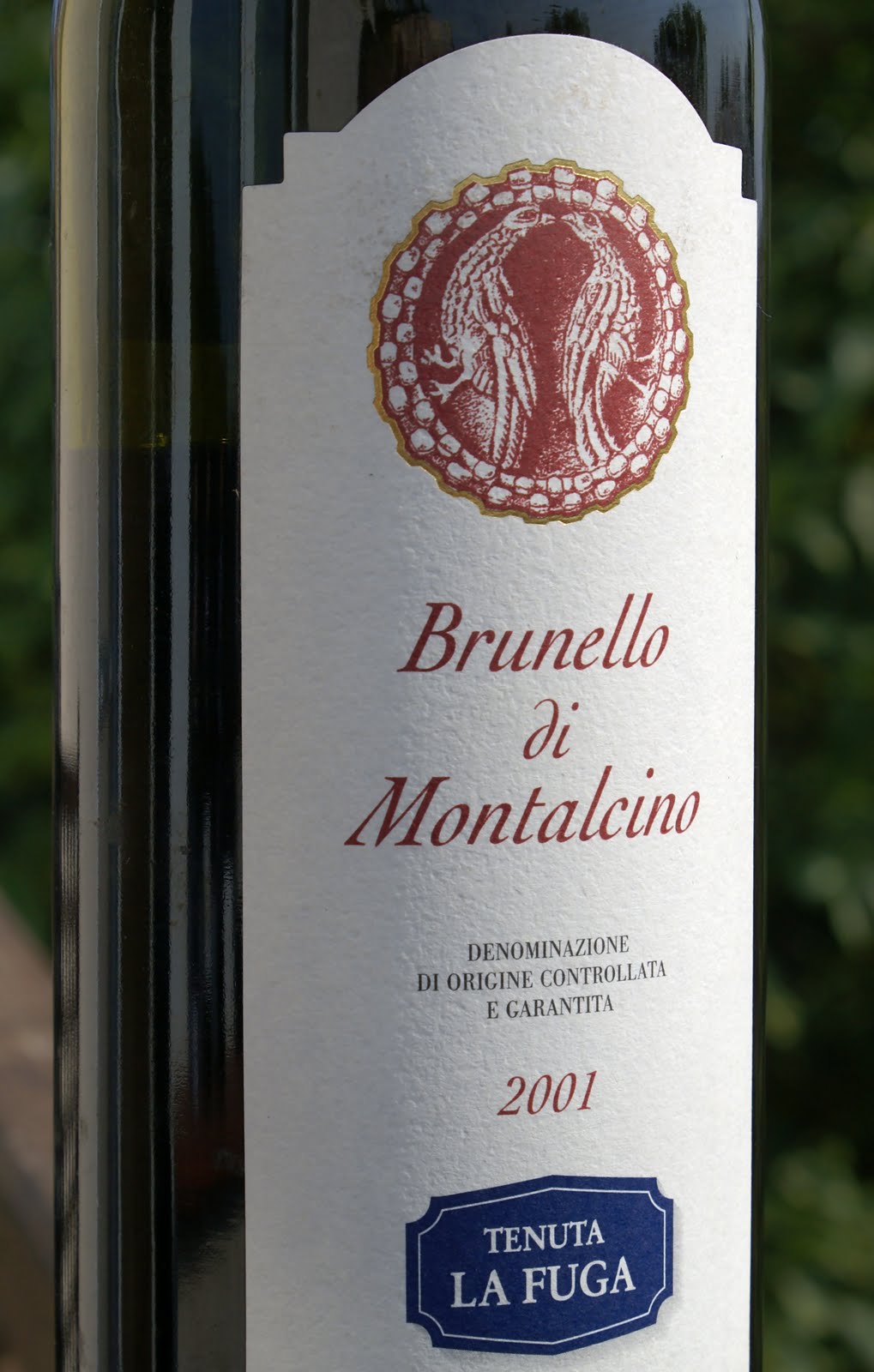
Tenuta La Fuga
Brunello di Montalcino 2001
La Fuga is located in the warmer parts of the Brunello DOCG, south-west of the town itself with a strong Mediterranean climatic influence. Unlike many of its neighbours in this sub-zone, however, the style of La Fuga has consistently been one of balance, integration and elegance rather than sheer power and record ripeness, and in recent vintages I have repeatedly placed their wine among my top 15 or 20 Brunellos. The basic Brunello sees 3 years of large oak and though tasted in the same vintage as the above Nobile, is considerably more youthful and tight, showing the ripeness advantage of Montalcino in a similarly restrained, ‘reformed traditional’ style. Ripe cherries and berries with a hint of aged Brunello herby tautness, ripe balanced tannins in a wine of good mouthfeel and structure. Can continue to age for another 5 years perhaps. This is really very convincing. With airing the restraint gives way to a bit more meaty, almost marmitey power. Really an excellent wine, and excellent value too at the 30–35€ it retails for in Italy.
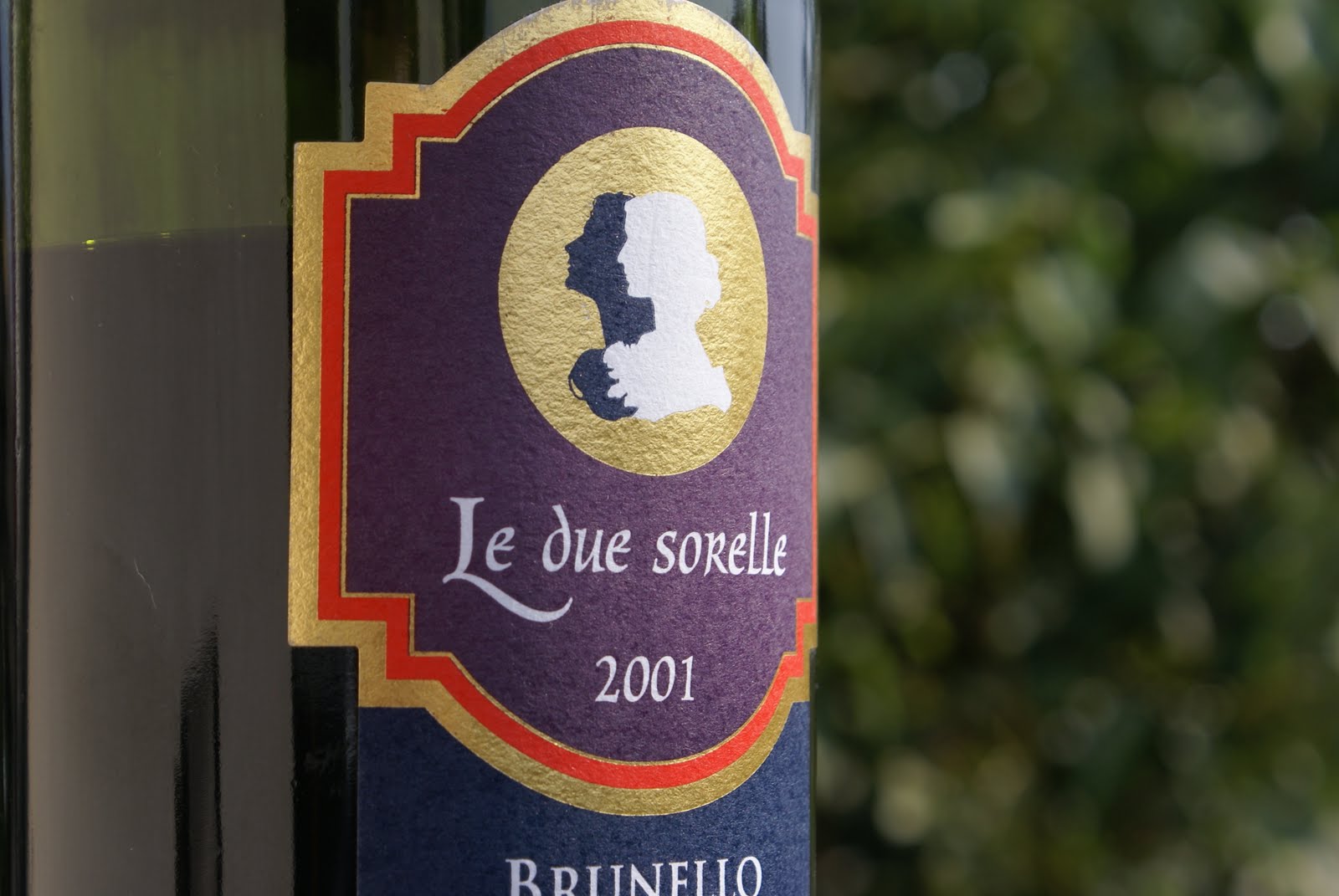
Brunello di Montalcino Riserva Le Due Sorelle 2001
I don’t often get to taste this Riserva which sees no less than 5 years in cask. It’s the least obvious wine on this tasting. Initially, despite the denser and less evolved (though still transparent) colour than the Brunello normale above, I found it a little light and simple, if fruit-focused with some nice volume and weight. There was also a certain weakness from mid-palate on and a mildly diluted finish bringing no expected climax. Then with airing there’s substantial improvement with the whole gaining a proper riserva dimension while keeping a good traditional Sangiovese elegance here. It’s obviously a little (old-)woody and in a very classic Brunello style, with no aromatic fireworks. At 50–55€ it’s not so much competitive against the normale here but likely to improve with further ageing.
It has been a happy tasting. In the universe of Tuscan wine Folonari is a biggish brand, though one with a qualitative image, focusing as it does on single estates and ‘premium’ wines. What I found most comforting here was the unashamedly traditional style of the Chianti, Nobile and Brunellos. Respect for tradition, quality and fair pricing sound like a happy combination.
